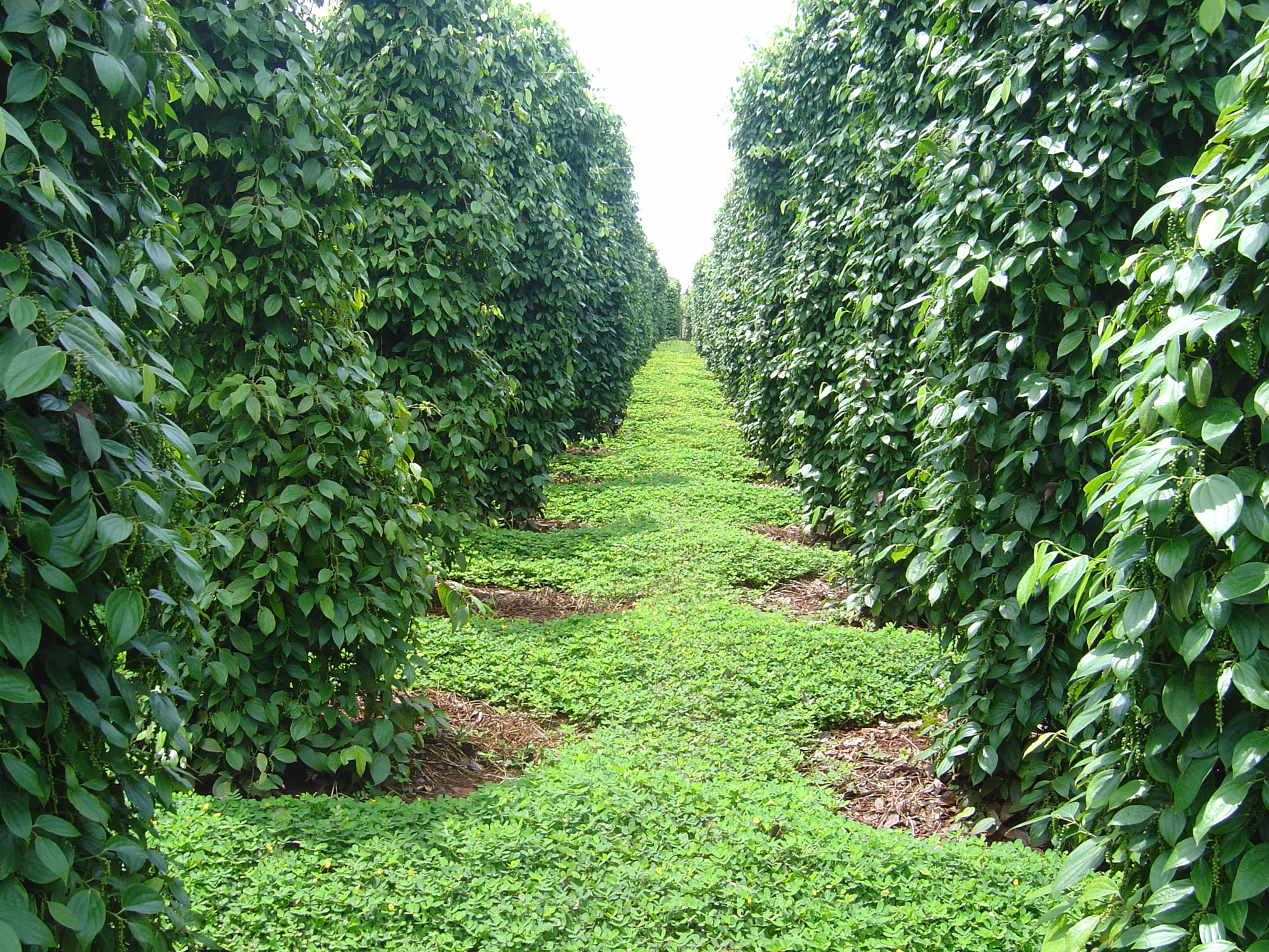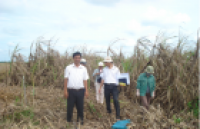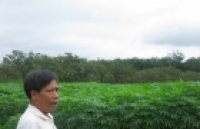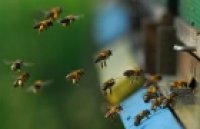| Reducing the Use of Pesticides with Site-Specific Application: The Chemical Control of Rhizoctonia solani as a Case of Study for the Management of Soil-Borne Diseases |
|
Reducing our reliance on pesticides is an essential step towards the sustainability of agricultural production. One approach involves the rational use of pesticides combined with innovative crop management. Most control strategies currently focus on the temporal aspect of epidemics, e.g. determining the optimal date for spraying, regardless of the spatial mechanics and ecology of disease spread. |
|
Le Cointe R, Simon TE, Delarue P, Hervé M, Leclerc M, Poggi S PLoS One. 2016 Sep 26;11(9):e0163221. doi: 10.1371/journal.pone.0163221. AbstractReducing our reliance on pesticides is an essential step towards the sustainability of agricultural production. One approach involves the rational use of pesticides combined with innovative crop management. Most control strategies currently focus on the temporal aspect of epidemics, e.g. determining the optimal date for spraying, regardless of the spatial mechanics and ecology of disease spread. Designing innovative pest management strategies incorporating the spatial aspect of epidemics involves thorough knowledge on how disease control affects the life-history traits of the pathogen. In this study, using Rhizoctonia solani/Raphanus sativus as an example of a soil-borne pathosystem, we investigated the effects of a chemical control currently used by growers, Monceren® L, on key epidemiological components (saprotrophic spread and infectivity). We tested the potential "shield effect" of Monceren® L on pathogenic spread in a site-specific application context, i.e. the efficiency of this chemical to contain the spread of the fungus from an infected host when application is spatially localized, in our case, a strip placed between the infected host and a recipient bait. Our results showed that Monceren® L mainly inhibits the saprotrophic spread of the fungus in soil and may prevent the fungus from reaching its host plant. However, perhaps surprisingly we did not detect any significant effect of the fungicide on the pathogen infectivity. Finally, highly localized application of the fungicide-a narrow strip of soil (12.5 mm wide) sprayed with Monceren® L-significantly decreased local transmission of the pathogen, suggesting lowered risk of occurrence of invasive epidemics. Our results highlight that detailed knowledge on epidemiological processes could contribute to the design of innovative management strategies based on precision agriculture tools to improve the efficacy of disease control and reduce pesticide use.
See: http://journals.plos.org/plosone/article?id=10.1371/journal.pone.0163221
Fig 1. Proportion of recipient baits colonized by Rhizoctonia solani upon saprotrophic spread at (A) 10 mm, (B) 12.5 mm and (C) 25 mm after treatment with Monceren® L (pink lines) or tap water (blue lines). Different letters indicate significant differences in the proportion of colonized baits (P-value < 0.05, Wald test). |
|
|
|
[ Tin tức liên quan ]___________________________________________________
|


 Curently online :
Curently online :
 Total visitors :
Total visitors :
(37).png)


